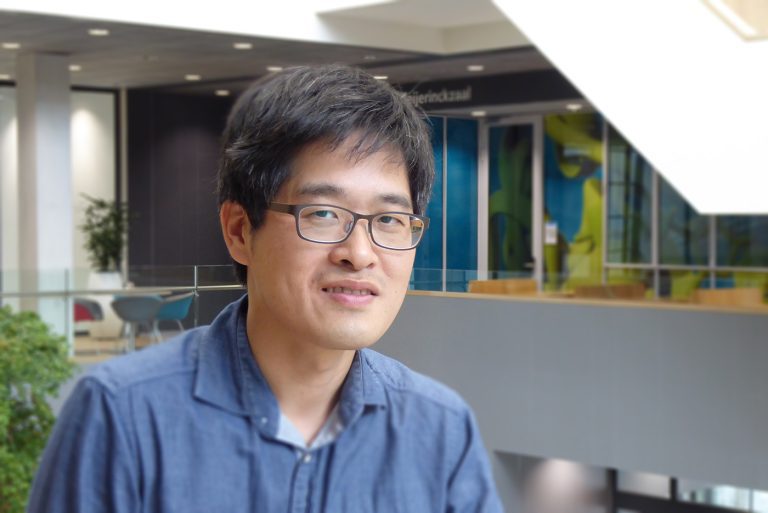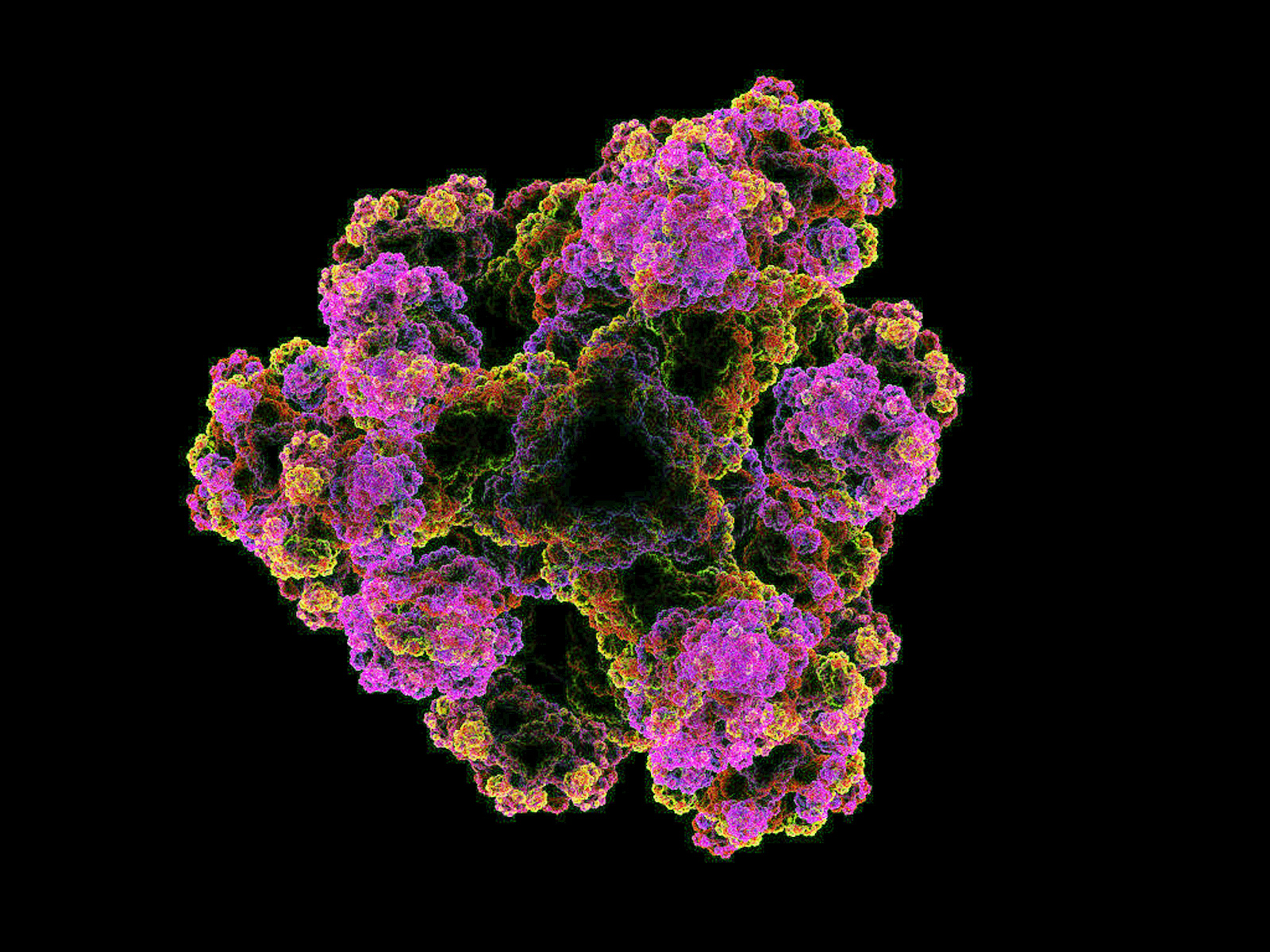A highly ambitious proposal to weigh the mass of a single protein molecule has won Dr Chirlmin Joo and his Korean colleague an HFSP research grant. What is their plan?
The Human Frontier Science Program (HFSP) is a prestigious international research fund for interdisciplinary and intercontinental biology research projects which are both unpredictable in outcome and promising in outlook.
The competition is fierce, partly because of the total freedom that the fund allows the researchers. Last year, the HFSP received 644 applications, from which 25 were selected for a research grant. Single-molecule protein sequencing using nano-devices from Chirlmin Joo (Co-Director at the Kavli Institute Delft, Faculty of Applied Sciences) and Sang Wook Lee, a physicist at the Ewha Womans University in Seoul, Korea, is on the list.
“The committee thought that the project was extremely ambitious”, said Joo over the telephone. “They fully recognised the high-risk nature of the project, but also the high importance if we would succeed.”
So what is the project’s aim and why? Its goal is to identify proteins from single cells. Proteins are a cell’s workhorses. Almost every cel action is done happens through proteins. Small errors in protein synthesis can have disastrous results like metabolic diseases, muscular disorders, cystic fibrosis, and Alzheimer’s disease.
Small errors in protein synthesis can have disastrous results
Conventional analysis of proteins makes use of mass spectroscopy, which only works with a large amount of sample. But for analysis on cellular level, the amount of given protein is minute, especially when the protein has a regulatory function. That’s why Joo and colleagues have been focusing on single-molecule protein identification since 2011. In 2017, he received a EUR 2.3 million grant from NWO for developing single-molecule protein sequencers using fluorescence and nanopore techniques.
The new tack in his on-going quest is to weigh a single protein molecule. The idea is that proteins can be identified, or at least narrowed down, on the basis of their molecular mass only.
Professor Sang Wook Lee develops highly sensitive nanoscales featuring a 2-dimensional material. The resonance frequency of the material changes when a mass is attached to it. According to Joo, the mass can be derived from the resonance frequency shift. The mass resolution of Lee’s new nanoscale based on graphene is incredible: 1.7 . 10-24 gram, or the mass of one proton (the mass unit is called ‘Dalton’), and thus has a potential for accurately measuring the mass of a protein molecule.
Joo and Lee have received USD 750.000 of funding for a period of three years from the Strasbourg-based research fund. The HFSP receives support from European Research Council and the governments of 13 countries including Republic of Korea.
Single molecule protein sequencing requires pushing the boundaries of nanotechnology, which may seem like very fundamental science. Yet its applications are immediate and promising. Joo wrote in his proposal: ‘Our technologies will be the first to create the opportunity for single-cell proteomics and real-time screening for on-site medical diagnostics.’
 Dr. Chirlmin Joo. (Photo: Jos Wassink)
Dr. Chirlmin Joo. (Photo: Jos Wassink)“We know about genomics very well”, Joo explains. “But the DNA in a cell is static material. In contrast, the profile of protein expression varies dynamically. They are the building blocks of life that change over time. When you’re ill, the signature shows up in your proteins.” So after genomics, we’re now seeing the first steps into proteomics. The field is so promising that Joo and Prof. Cees Dekker from the same institute have set up a start-up company called Bluemics (named after proteomics and Delft blue) to commercialise practical applications.
Heb je een vraag of opmerking over dit artikel?
j.w.wassink@tudelft.nl


Comments are closed.